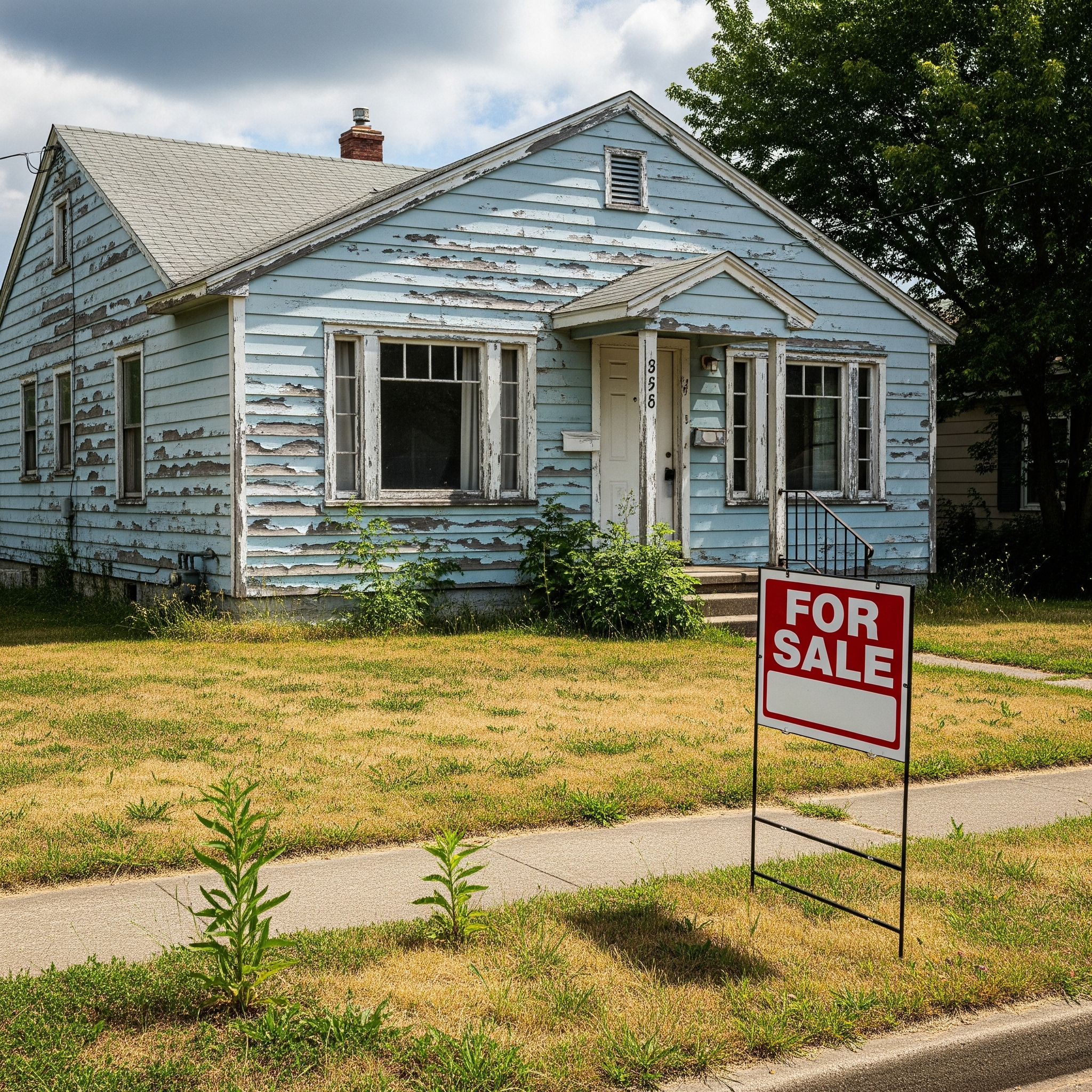Real estate investment remains attractive in 2025, but it is not risk-free: from price volatility and lack of liquidity to regulatory pressure, legal uncertainty and everyday problems such as defaults, vacancies or maintenance costs. Inflation and rising construction prices add tension, while structural housing deficits and foreign interest keep opportunities alive. The key is not to avoid risk, but to manage it with diversification, solid contracts and a realistic view of the market.
Investing in real estate has always had something magnetic about it. Entire generations have seen it as a safe, almost indestructible refuge in the face of economic crises and fluctuations. But the truth is that real estate investment has never been a path free of obstacles. In 2025, the Banco de España makes it clear: the sector is moving in a intermediate level of risk, stable, yes, but with the obligation to monitor it closely.
And the thing is that, even if you buy an apartment or a place in any of The best cities in Spain to invest It may sound like a winning bet, a change in regulation, a delinquent tenant or a rise in interest rates is enough for the numbers to start squeaking. The challenge is not to run away from risks, but to understand them and learn to live with them.
What is meant by risks in real estate investment?
Before analyzing the risks one by one, the concept should be landed on. Un riThis is any factor that can erode profitability or deteriorate the value of the asset. Some come from outside (business cycles, regulation), others from the property itself (vacancies, maintenance) and others from financing (interest rates, access to credit). Having this map helps you prioritize where to focus.
Imagine risk as a map: at one end are the financial ones (defaults, more expensive mortgages), on the other the operational ones (vacancies, maintenance), and in the middle are the regulatory or market ones. With that overview, moving is safer.
Main risks of real estate investment
Buildings convey stability, but beneath that surface there are threats that can compromise an investment. Some are visible; others are silent until it's too late. Below, a practical review of the most relevant ones today.
1. Market risks and valuation
El The price of a home is not immutable. It can be triggered during a boom and corrected if the context changes. In 2025 there are no signs of a generalized bubble, although yes overheated areas where the correction is plausible.
There is also the valuation: the report may say that your flat is worth 200,000€, but if the market pays 170,000€, that is its price. Unrealistic valuations were gasoline in 2008.
2. Financial and liquidity risks
Funding weighs. A rise in rates makes mortgages more expensive and decreases demand. Although rates have stabilized at around 2— 2.5%, access to credit remains uneven.
In addition, real estate is Illiquids by nature: selling is not a click. It can take months and, in slow markets, you will have to accept painful discounts to close a trade.
3. Regulatory and Legal Risks
The regulation changes, and fast. The Housing Act limits prices in tense areas and narrow margins. Furthermore, Spain does not shine in property protection in international rankings, which detracts from foreign investment.
And then there's the uncomfortable word: Squatting. Both illegal and “legal” (permanent default). The processes are lengthy and expensive, affecting cash and mood.
It is also necessary to take into account the regulatory changes affecting taxes, since these will have a negative impact on the return of your investment
4. Operational risks
Everyday life also discounts. A leaking roof, a spill or a new elevator can eat up profitability in weeks. Las vacancies they hurt: income at zero while the expenses continue. A selection of tenants in a hurry or weak contracts aggravate the problem.
5. Inflationary risks
Inflation doesn't just make the supermarket more expensive. It has also pushed the cost of recent construction materials up to 20%, making promotions more expensive and straining supply. In addition, if families lose purchasing power, Purchasing demand cools, even if prices rise by 3— 4% per year.
Specific risks of renting in Spain
Renting seemed like the perfect route to stable income. Today, amid changing regulations, delinquency and the specter of squatting, it requires more discipline and prevention. The new IRAV index for updating rents and limits in tense areas protect the tenant, but reduce predictability for the owner.
Warning signs in a renter
- Recurrent payment delays and growing excuses
- Abrupt behavioral changes or refusal to communicate
- Unauthorized subletting or overoccupancy.
- Deterioration of the property without justification.
How to minimize rental risks
- Evaluate solvency with a magnifying glass: income, job stability and real references.
- Consult files of defaulters before signing.
- Take out default insurance and anti-squatting with legal defense.
- Set market-aligned incomes to attract creditworthy profiles.
- Drafting clear contracts with effective consequences in the event of non-compliance.
Real estate risk mitigation strategies
Risks don't go away, but they can be tamed. Investing without a plan is like sailing without a vest. The idea is simple: anticipate what may fail and prepare shock absorbers.
- Diversification: mix locations, asset types (residential, logistics, commercial) and profiles (core to opportunistic).
- Contractual protection: default/damage insurance and income update clauses (e.g., linked to the applicable CPI or index).
- Financial Management: reserve fund, scenario stress and evaluate fixed vs. variable mortgage.
- Due diligence: study local demand, climate risks and regulations before committing capital.
Outlook for 2025
2025 mixes light and shadow. The structural housing deficit pushes the market; rate stabilization and foreign interest help. Even so, regulation, construction costs and uncertain politics add noise. It's not a year for impulses, but for sharpening your aim.
Positive factors
- Supply deficit: less is built than demographics demand.
- More stable interest rates that alleviate funding.
- Sustained interest of international capital in Spain.
Risk Factors
- Growing regulation that puts pressure on margins, especially in rent.
- High construction costs holding back new supply.
- Political instability and geopolitical tensions in Europe.
La real estate investment it remains an ally, but it is not invulnerable. In 2025, regulatory pressure, legal insecurity, late rent payments and rising costs are weighing on. Even so, homelessness and a more temperate macro context provide opportunities for those who manage risk well.
The key is to accept that absolute security doesn't exist and Take a head-on look at the risks: evaluate them rigorously and design a plan to minimize them. Whoever does so will be able to continue to see real estate as a solid asset lever in the long term.
If you want to invest in real estate safely and with the support of an expert team, real estate investment platforms such as Reental are the best option to do it without complications or shocks. Our platform allows you to access selected projects with ROI and TIR very attractive, with clear and transparent processes, so you can invest with peace of mind and confidence.
Keep learning about real estate investment with the following articles:
- The best cities in Spain to invest in housing (updated 2025)
- Real estate investment tax in Spain 2025: practical guide
- How to invest in real estate in Spain with little money
- What is a good real estate investment?
- What is the ROI, IRR or IRR in real estate
- How is the net return on a rental calculated















